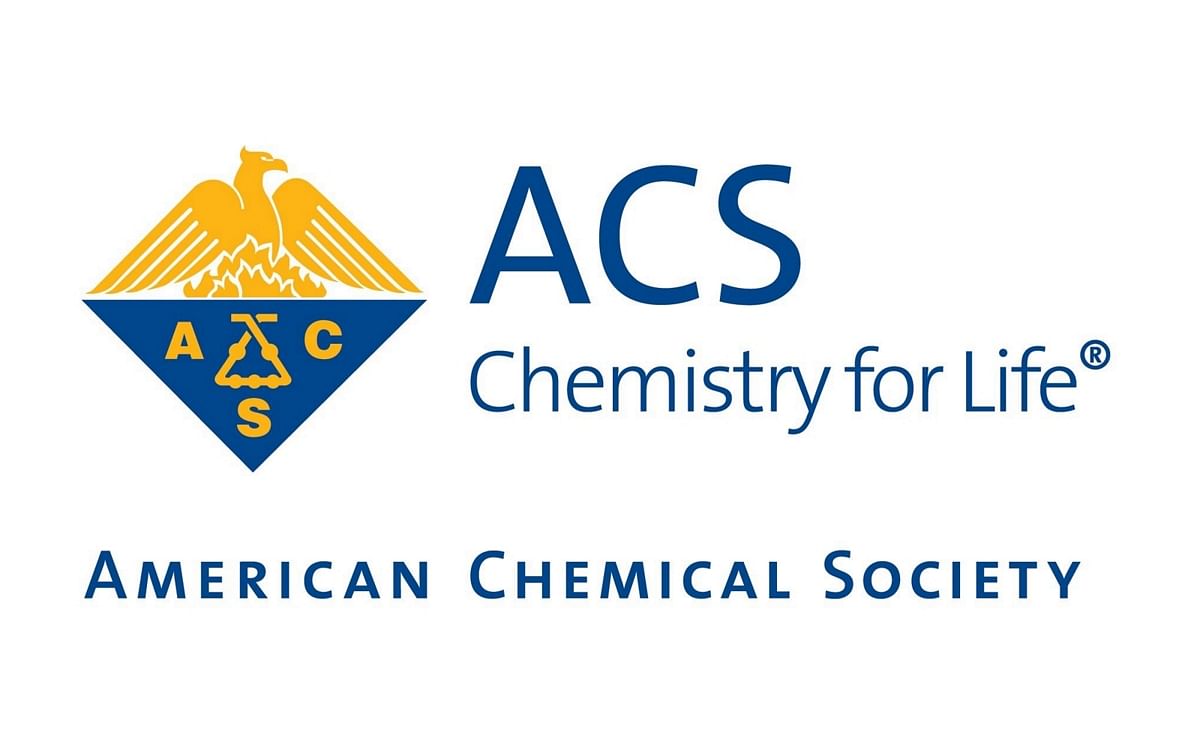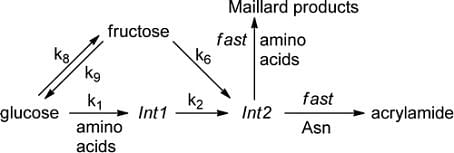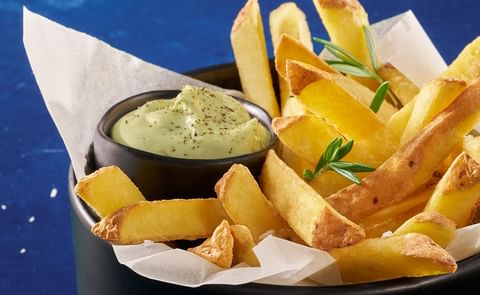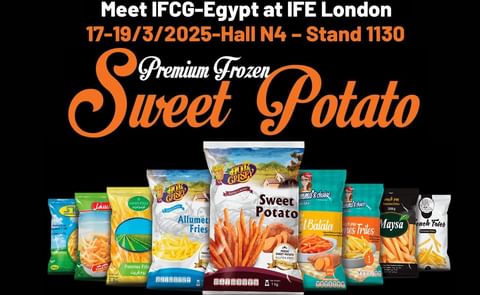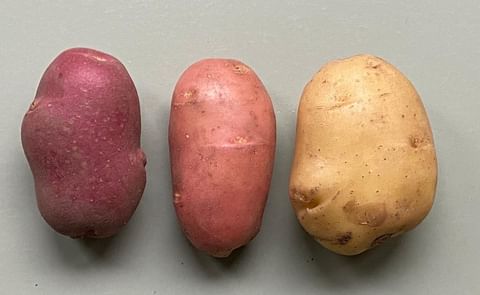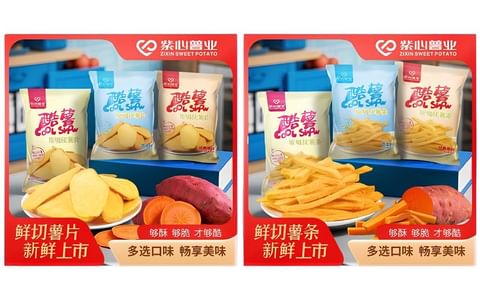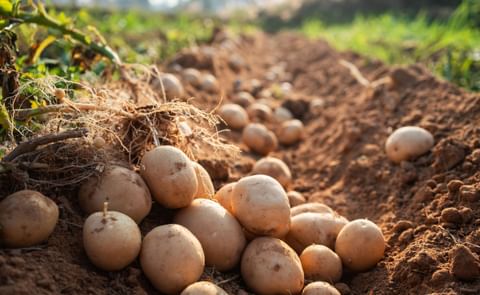The process for preparing frozen, par-fried potato strips — distributed to some food outlets for making french fries — can influence the formation of acrylamide in the fries that people eat, a new study has found.
Published in ACS’ Journal of Agricultural and Food Chemistry, the study identifies potential ways of reducing levels of acrylamide, which the National Toxicology Program and the International Agency for Research on Cancer regard as a “probable human carcinogen.”
Acrylamide forms naturally during the cooking of many food products. Donald S. Mottram and colleagues explain that while acrylamide formation in fried potato products is inevitable, this research aims to better understand the chemistry involved, and to use computer models to determine how to minimize acrylamide levels in practice.
The special feature of this approach is that, for the first time, it has been possible to link changes in natural potato components (glucose, fructose, amino acids, moisture) occurring during preparation and cooking with the extent of acrylamide formation. Such a rigorous approach has only been possible through collaboration between the food industry and food chemists from different disciplines.
The commercial process (which includes potato selection and sorting, cutting, blanching, sugar augmentation, drying, frying and freezing), in combination with final cooking, generates the color, texture and flavor that consumers expect in french fries.
This model facilitates evaluation of various processing and final cooking parameters to develop products with lower acrylamide.
Additionally, the authors confirm previous reports, which found that minimizing the ratio of fructose to glucose in cut potato strips can reduce the amount of acrylamide that ends up in the french fries.
“Kinetic Model for the Formation of Acrylamide during the Finish-Frying of Commercial French Fries”
Journal of Agricultural and Food Chemistry
Source: American Chemical Society (ACS)

